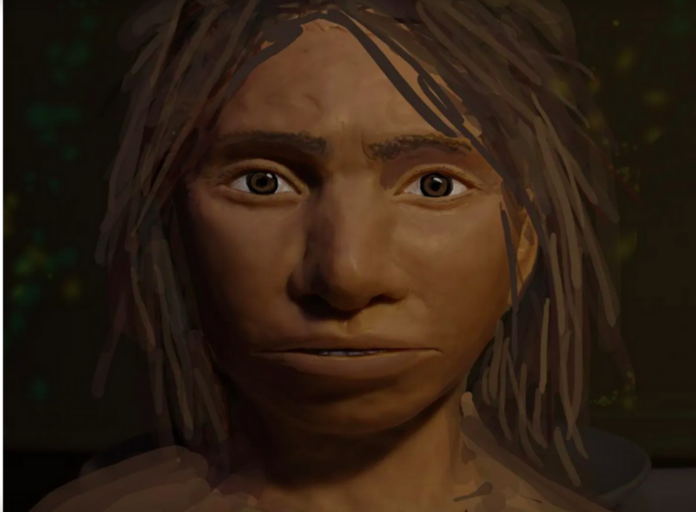Humans, but not quite: Denisova cave shows the strange backstory of us
The Denisovans are the most mysterious of our close human relatives.
The entrance to Denisova Cave, the famous site in southern Siberia where remains of both Neanderthals and the Denisovans have been found. Image credit: Richard G. Roberts
The Denisova Cave is the site of one of the most important crossroads in the history of humans. Not only does the cave contain evidence of Homo sapiens and Neanderthals, but for several years it was the only place where remains were found of our lesser-known cousins: the Denisovans. The cave even features remains of related hybrids, indicating this mysterious location was linked to the inter-species mingling that still lives on in our genome today.
Denisova Cave is found 700 meters (2,297 feet) up in the hills of the Bashelaksky Range of the Altai mountains in southern Russia. It is said to have been named after an old hermit who lived in the cave, known as Dyonisiy (or Denis in English).
The cave features numerous layers of sediment, with each stratum representing a different chapter of its rich history. Many of the sediment layers are rich with remains of dozens of animal species, including extinct species, like cave hyenas and cave lions.
More importantly, there have been at least four major periods of occupation by hominins in the cave; ending with three periods of humans who arrived around 40,000 years ago, 16,000 years ago, and 8,000 years ago, but starting with Denisovans about 160,000 years ago.
This species was only discovered in 2010 when researchers recovered a finger bone in the cave. Based on DNA analysis, they realized this bone belonged to a young female of a previously unknown species of hominin which would become known as Denisovans.
Named after the cave itself, Denisovans are a bit like a sister species of Homo sapiens and Neandtherals. They likely diverged from our lineage around 300,000 to 400,000 years ago, which is relatively recent. This suggests they likely looked and behaved a bit like Homo sapiens, although we can only guess how they truly appeared.
This image shows a preliminary portrait of a juvenile female Denisovan based on a skeletal profile reconstructed from ancient DNA methylation maps. Image credit: Maayan Harel
Since the 2010 discovery, fossils of five Denisovan individuals have been identified in Denisova Cave, as well as a single specimen from the Baishiya Karst Cave on the Tibetan Plateau.
Another fascinating passage in the story of Denisova Cave came in 2018 with the discovery of a 40,000-year-old bone fragment. Remarkably, it contained DNA that proved it belonged to a hybrid female that had a Neanderthal mother and a Denisovan father. This remarkable teenage girl is known as “Denny.”
If we take a look at most human DNA today, we can see it still contains Neanderthal genes. It’s also known that genes from Denisovans live on in the genetics of some people living in Southeast Asia. This is because the species all inbred with one another in several different periods over the past 65,000 years. While evidence of this intermingling is easy to find in our DNA, Denny is a vivid – and very “human” – representation of it.
There is even evidence that early humans in the Denisova cave had a sharp eye for artistry and beauty. Along with a wealth of objects made from bone and tusk, archaeologists working in the Denisova Cave have discovered a bracelet fashioned of polished green chloritolite.
Not only is the bracelet still stunning by today’s standards, but there is evidence it was also crafted with some kind of drill and then polished. It’s thought the bracelet was created by Neanderthals, who are known for their creativity.
Denisova Cave has provided us with countless scientific discoveries – and it’s hard to imagine that more finds are not laying there, among the layers of dirt, waiting to be found. Altogether, this obscure site shows that the story of humans is deeper and broader than we could have imagined.

